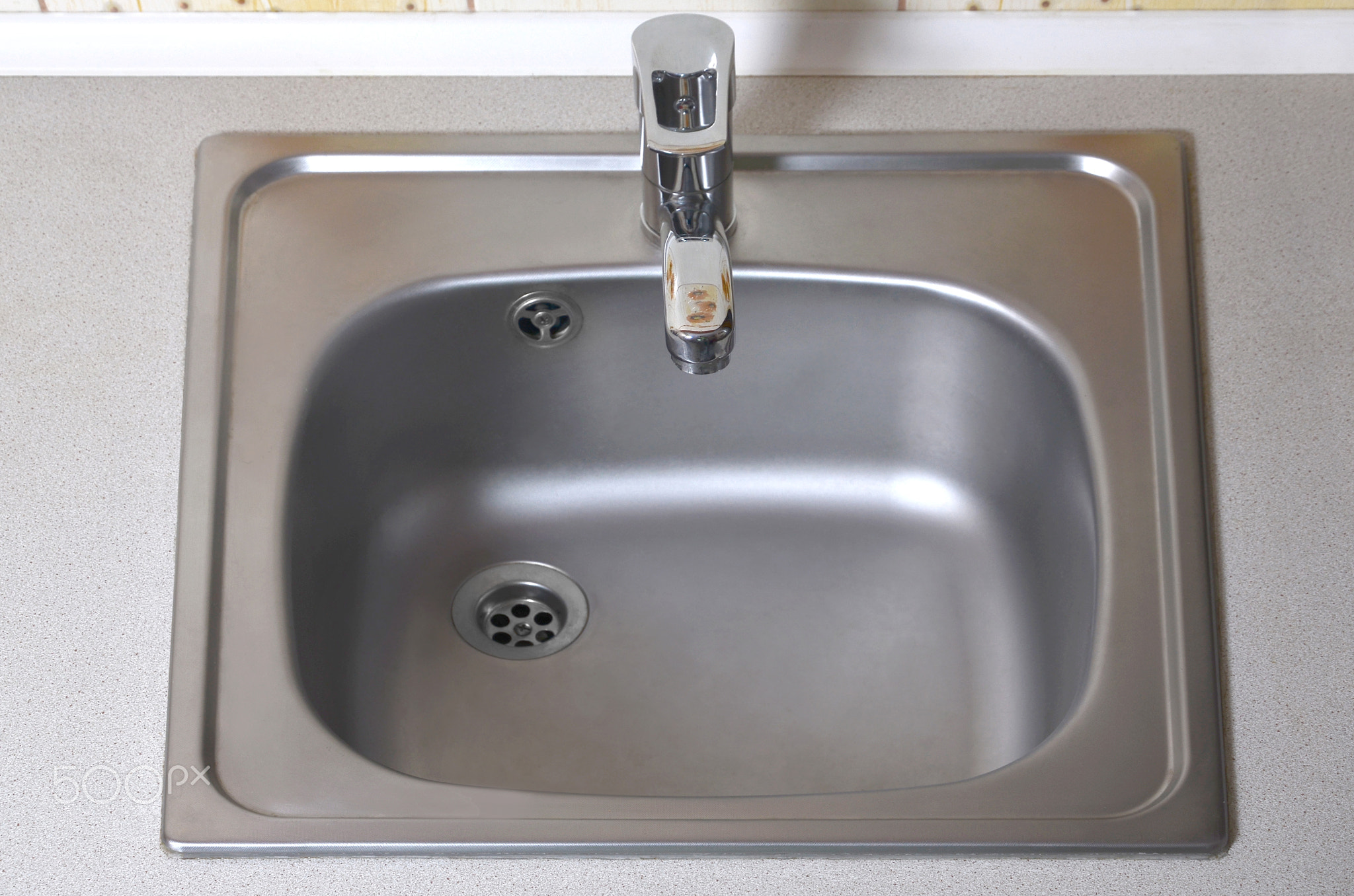The use of stainless steel grease traps is critical for maintaining efficient kitchen operations. Their purpose is to prevent fats, oils, and grease (FOG) from clogging drainage systems. This helps ensure compliance with environmental regulations and reducing costly plumbing repairs.
What Are Stainless Steel Grease Traps?
These grease traps are constructed from stainless steel and are usually installed in drainage lines or beneath sinks. They work by slowing the flow of wastewater, enabling the collection of fats, oils, and grease. After separation, the cleaner water flows out of the trap.

Grease traps made from stainless steel offer exceptional durability and are resistant to rust. Its robust nature makes it perfect for demanding kitchen operations. Cleaning stainless steel sink steel is straightforward, which reduces maintenance efforts.
Another advantage of stainless steel grease traps is their aesthetic appeal. Stainless steel units are more durable compared to plastic alternatives, which can warp.
How to Maintain a Stainless Steel Grease Trap
Proper maintenance is crucial for the optimal performance of a grease trap. This includes routinely emptying the collected FOG and cleaning the trap. Failing to do so can lead to unpleasant odors, reduced efficiency, and potential plumbing blockages.
Cleaning involves opening the trap and scooping out the accumulated grease. For solid waste, use a scraper or similar tool to clean the interior. Afterward, rinse the trap with warm water and a degreasing agent.
For restaurants and other food establishments, stainless steel grease traps are indispensable. They are durable, efficient, and environmentally friendly. By maintaining them properly, you can ensure a cleaner kitchen and a longer-lasting plumbing system.

